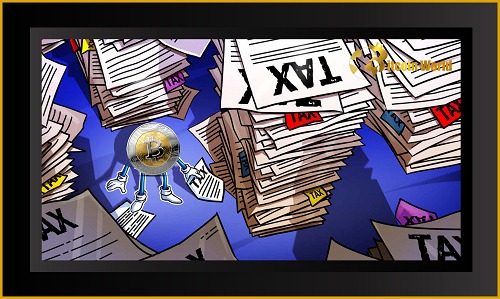The Indonesian Ministry of Finance’s Directorate General of Taxes has established a 0.1 percent income tax (PPh) on capital gains from crypto investments and a 0.1 percent value-added tax (VAT) on crypto purchases.
Hestu Yoga Saksama, the Ministry of Finance’s director of tax regulations, told CNN Indonesia on Friday:
“That’s right, 0.1% PPh and 0.1% VAT (for crypto), all of which are final.”
He also stated that beginning May 1, both income levy and VAT on cryptocurrency purchases will be levied.
The Indonesian government has imposed income tax and VAT on crypto purchases, according to the director, since the national bank, Bank Indonesia, and the Ministry of Trade regard crypto as a commodity rather than a form of payment. He goes on to say:
“Crypto assets will be subject to VAT because they are a commodity as defined by the trade ministry.”
“They are not a currency … So we will impose income tax and VAT.”
According to Reuters, the VAT rate on crypto assets is much lower than the 11 percent paid on most products and services in Indonesia, and the 0.1 percent income tax on capital gains is the same as that levied on shares listed on the Indonesian stock exchange.
Meanwhile, India has began levying cryptocurrency earnings at a rate of 30%, with no loss offsets or deductions. In addition, beginning July 1, a 1% tax deducted at source (TDS) will be imposed.
Related Posts – XRP Price Goes Up After Unexpected Reappearance On Coinbase
Latest News
The Indonesian government has set a 0.1 percent cryptocurrency tax to be implemented in May
- by Will
- April 4, 2022
- 0 Comments
- 1 minute read
- 99 Views
- 2 years ago

Will
author
My Name is Will. I'm a News/Content Writer and SEO Expert.
I have good way of using good English construction to write credible articles ranging from News Articles to Creative Writing all around Cryptocurrency Industry. I have actively worked and still working with Crypto startups and have maintained credibility in the Cryptocurrency space.













